Killing Convenience
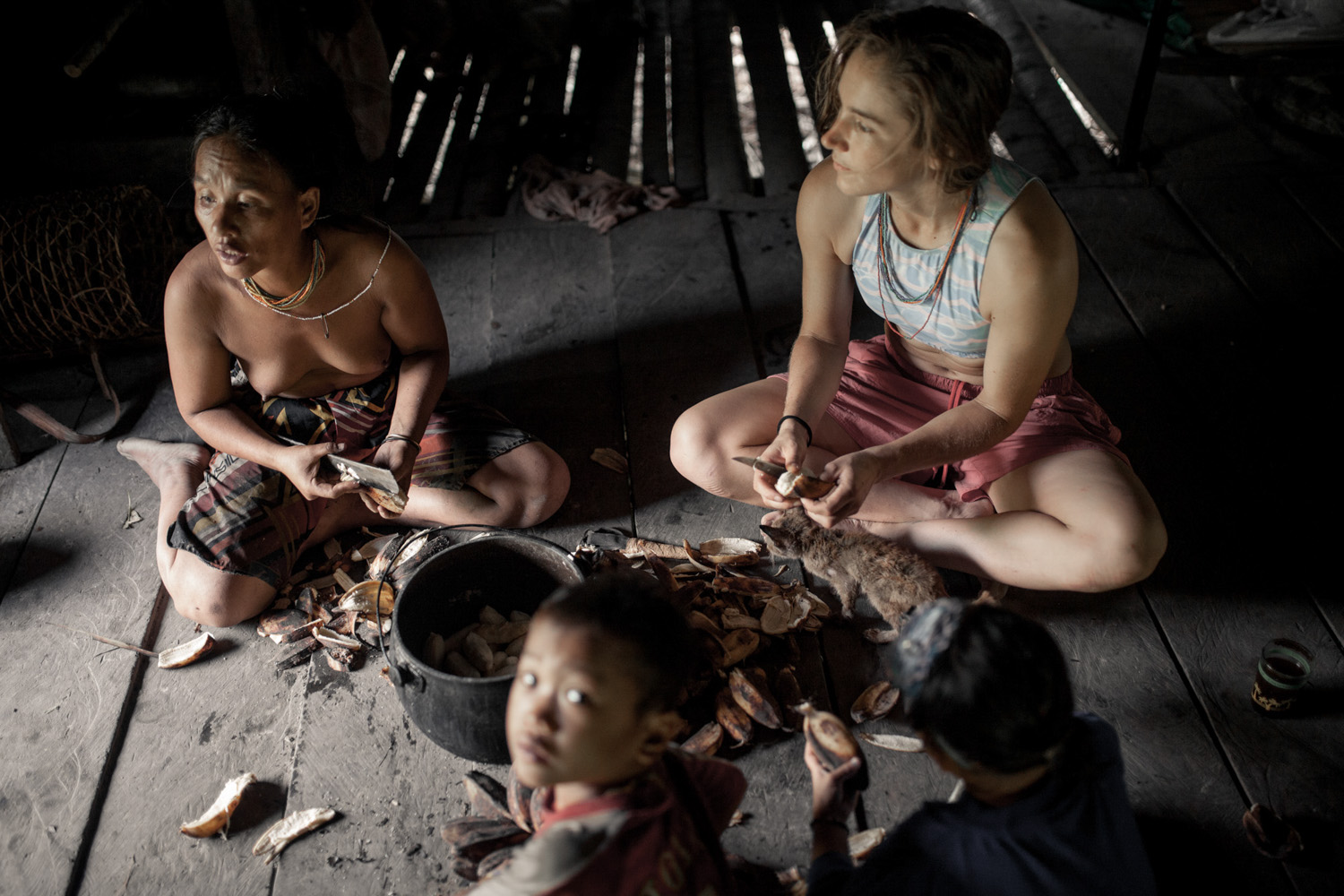
Killing Convenience:
How Immersion in Wildness Will Unpave the Future
By Heather Hillier
Year after year, more and more people take to the great wide open and join an ever-growing community of outdoorspeople.
Whether it is the very physical nature of the activities themselves, or the desire to immerse oneself in ecosystems that are systematically disappearing in a paved-over world, the consensus seems to be that this tendency is good for us. That it appeals to some deeply buried, long-forgotten sentiment. This is clear to everyone who’s spent a night shivering in a too-thin sleeping bag, or forced down mushy oatmeal with numb hands that barely grip a spoon; simple trade-offs for alpenglow on a snowy traverse, or a glassy pre-dawn session before the winds and crowds come out to play.
The difficulties are not only outweighed by the sense of accomplishment – they are transformative and essential to the entire experience, the pursuit of which can in turn bring us to the most unexpected of places.
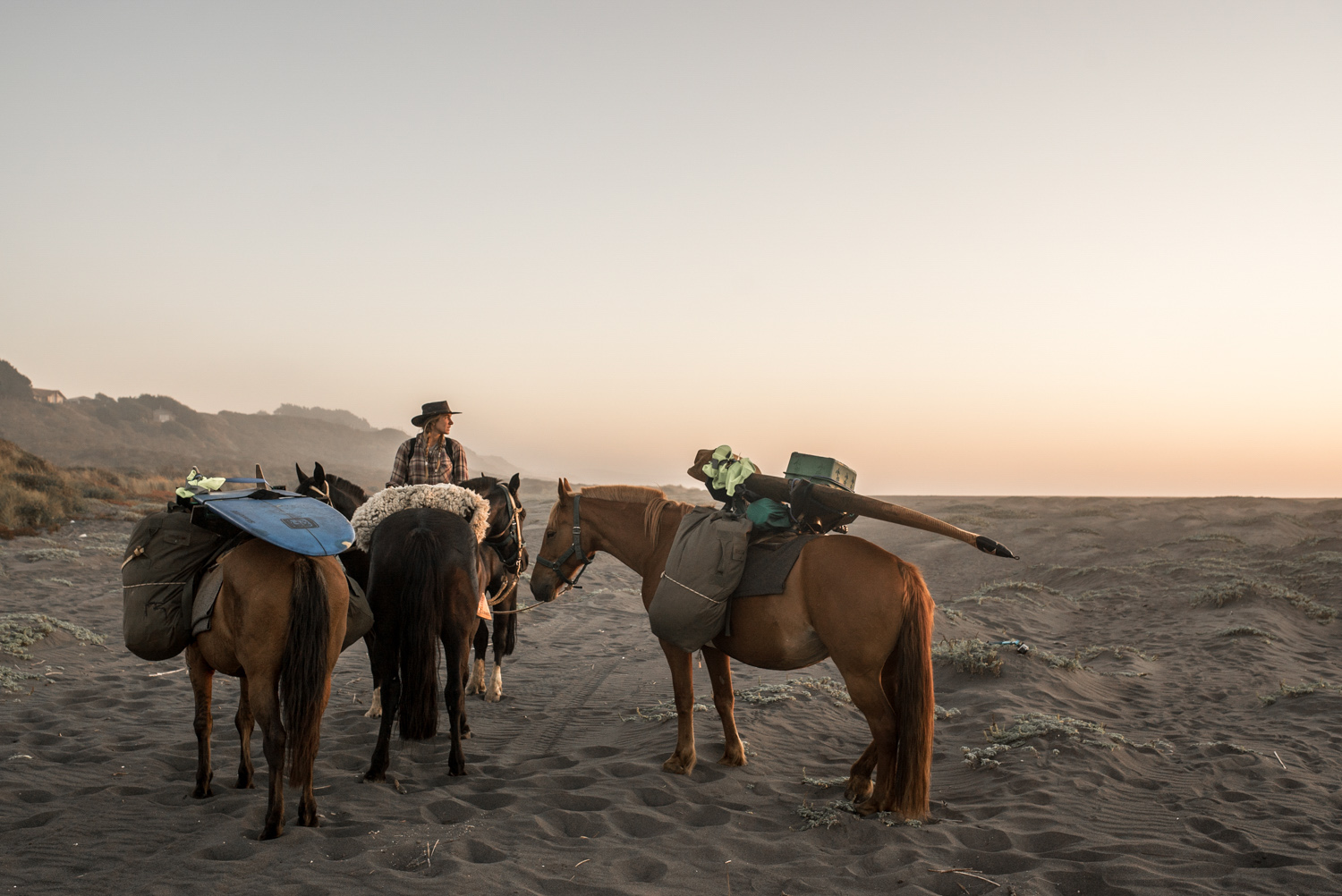
Photo by Matty Hannon
Life in the western world is characterized by a blind push for convenience, one in which both the source and the final resting place of the majority of our material lives are unknown to us. The impact that we as individuals have on the planet is easily diverted from our too-busy-to-even-cook-for-ourselves lives, but as a whole, it’s showing. Soils are depleting in direct inverse correlation to our waistlines, and forests, reefs, and biodiversity are declining at an alarming rate.
Perhaps what drives a large number of us outside is the desire to understand something greater than a built-up and landscaped known world. To preserve whatever knowledge of wild living still exists, probably outside the realm of daily comfort, and most likely among people largely forgotten by the mainstream. Maybe we’ll find out what food we can dig from the soil, what shelter we can build from the trees, and what capacity we have within ourselves to stand tall at the base of whatever figurative mountain we’re trying to climb. For it is the climb, and not the summit, that teaches us how to thrive using some deeply-buried human sense for survival. In turn, the summits foster a powerful drive to do it all again, farther and faster, frozen fingers and all.
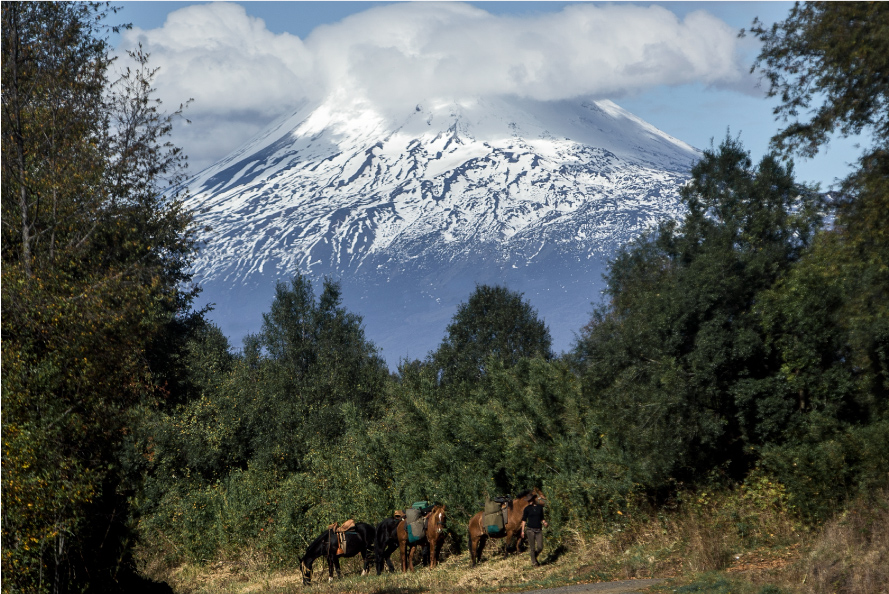
Photo by Matty Hannon
For many of us, myself included, surfing has been a driving force behind various forays into the world of discomfort. Two years ago, my partner Matty and I were riding motorcycles with surfboards strapped to the sides of them down the Pacific coast of the Americas, when we decided on a bit of a whim to sell the bikes and buy four horses in Chile. We spent 2 months training them to carry (and not be afraid of) our boards and packs, then rode off on a 4-month-long expedition down the coast and into the mountains.
The word convenience could not have been heard from our lips had we shouted it; each backbreaking daily routine and our subsequent diligence attuned our senses to every newly-opened flower and edible shoot, bird call, peeling wave, and blade of fresh grass we passed, each setback hollowing our hearts and clearing space for unprecedented delights, surely to come if we only kept plodding.
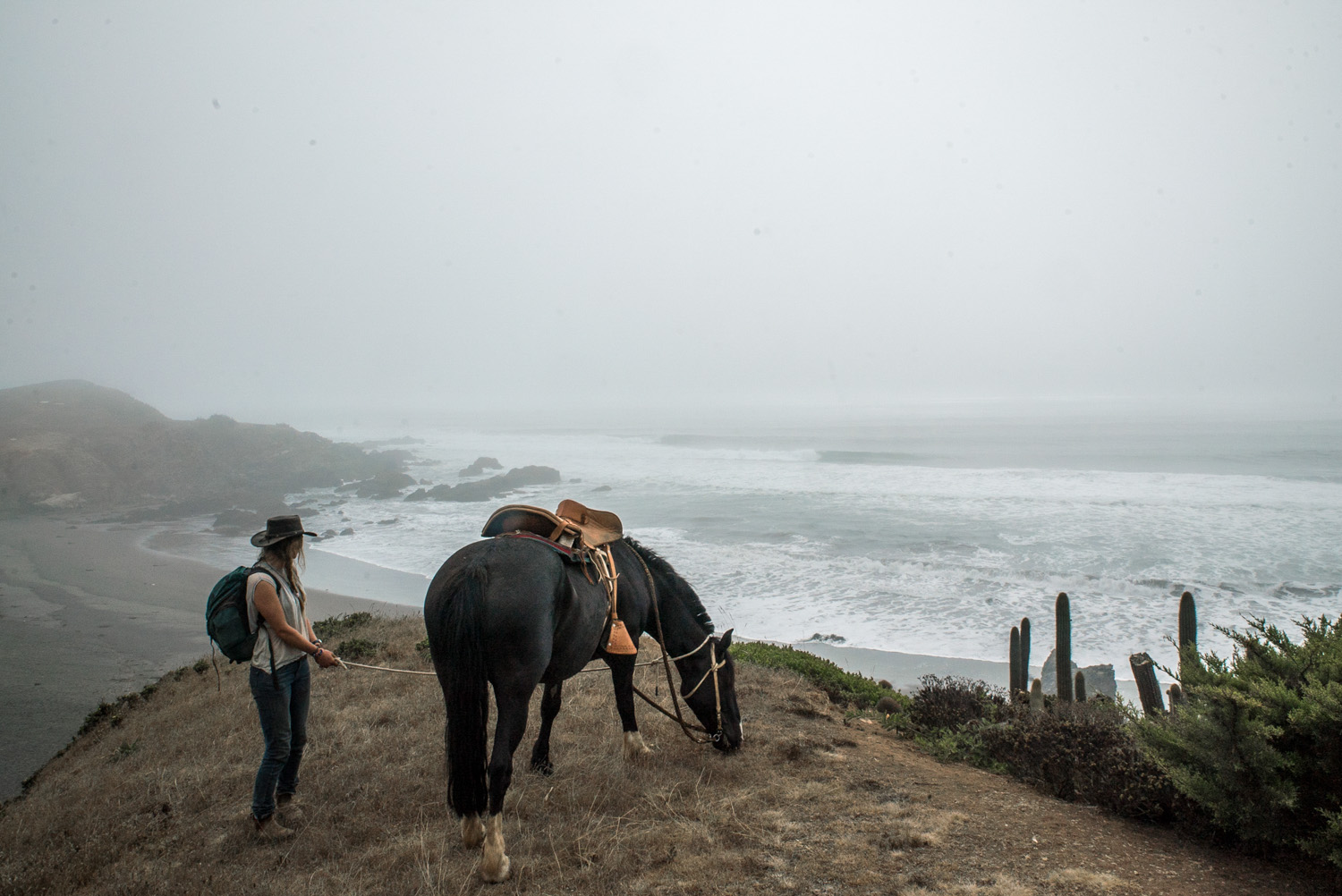
Photo by Matty Hannon
One day, just after a midday rest in a wide valley in Mapuche territory, a man ran out to greet us – and grandly invited us to a community celebration they were having that night. The chief (our enthusiastic greeter) told us he was drawn to our slowly plodding way of life because it mirrored that of his proud community: nestled in the mountains beneath a volcano, stubbornly connected to seasonal shifts, bounty and barrenness, and flood and famine.
Their traditions have proved resilient to the relentless assault on indigenous culture since colonization, testament to the power of their deeply ingrained ecological knowledge, and total dependence on the wildly beautiful lands they inhabit.
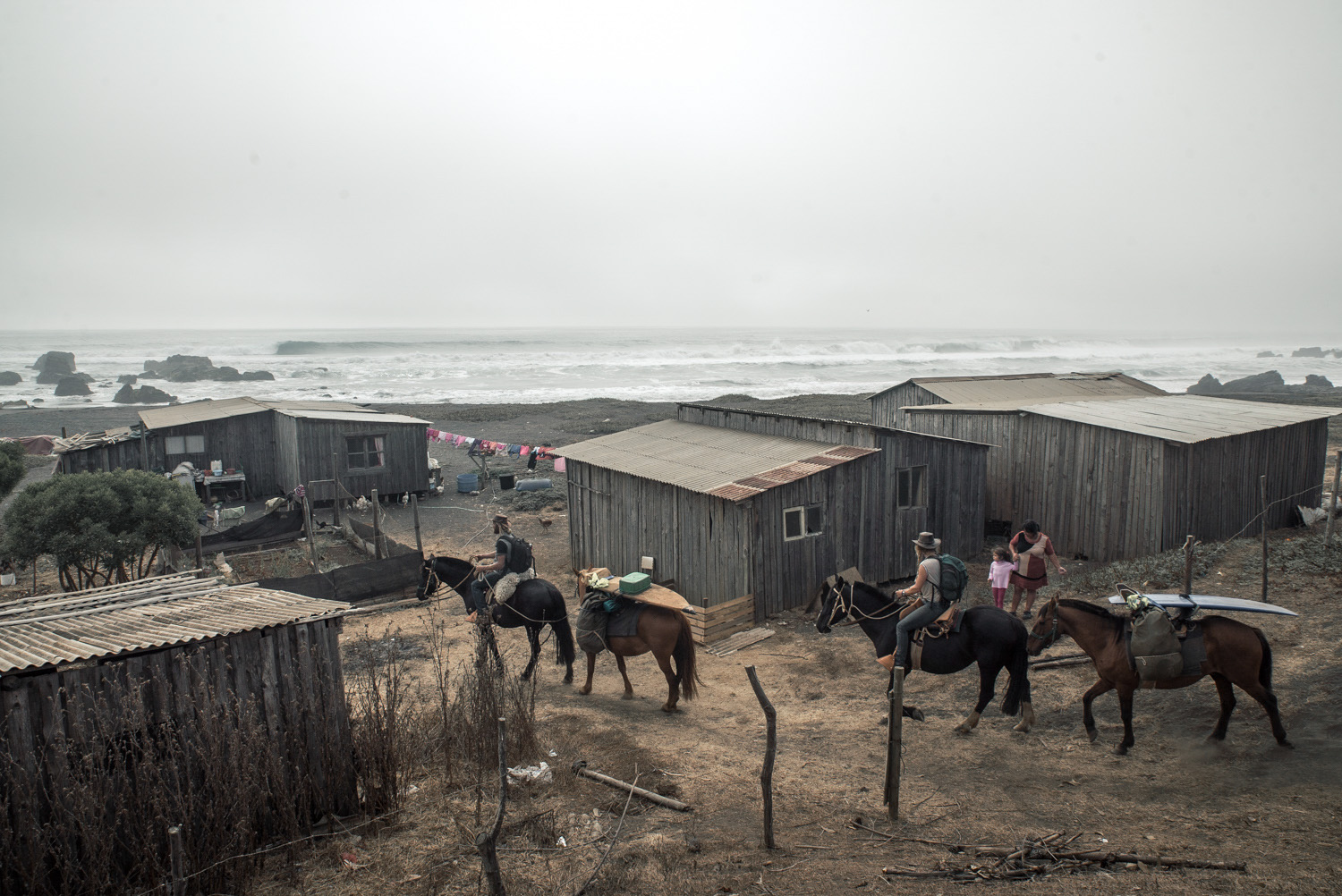
Photo by Drew Hyland
Soon afterwards, we traveled to the Mentawai archipelago in Indonesia, with surfboards tucked under our arms and a different sort of anticipation setting our minds abuzz. This time, a dugout canoe would take us 8 hours up a steamy, winding river to visit Matty’s old friends, some of the last remaining indigenous Mentawai people. In addition to hosting the most perfect waves in the world, these islands are home to large swathes of primary tropical rainforest, which, far from being untouched by human contact, have thrived on a direct human relationship for thousands of years.
Walking into the dark natural light of the longhouse was not unlike walking into the understory of a thick primary forest. I was struck by organized chaos, and yet an overwhelming sense of calm pervaded the expression of every person we shook hands with – the same hands that gathered the food we ate, and built the hardwood houses we slept in.
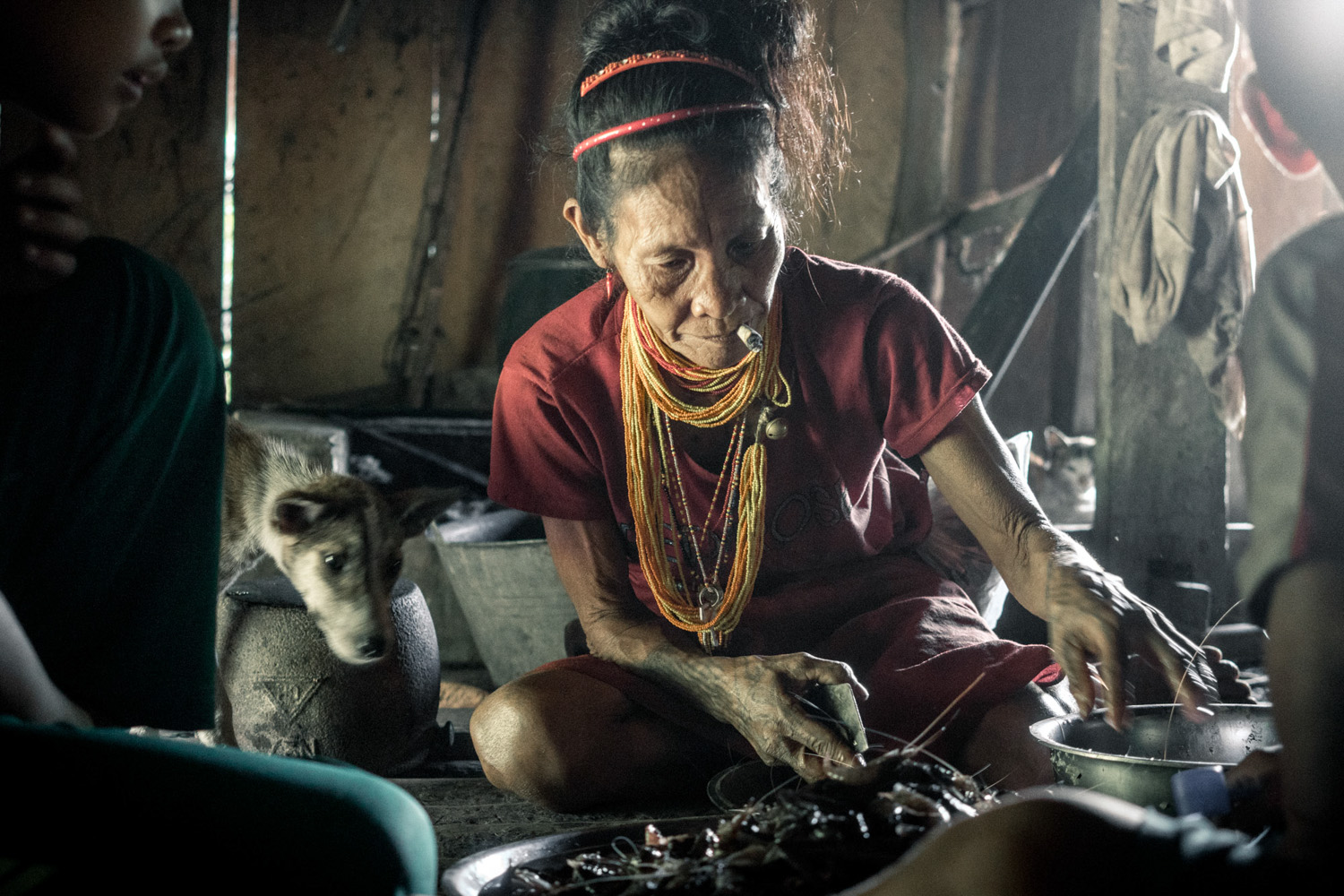
Photo by Matty Hannon
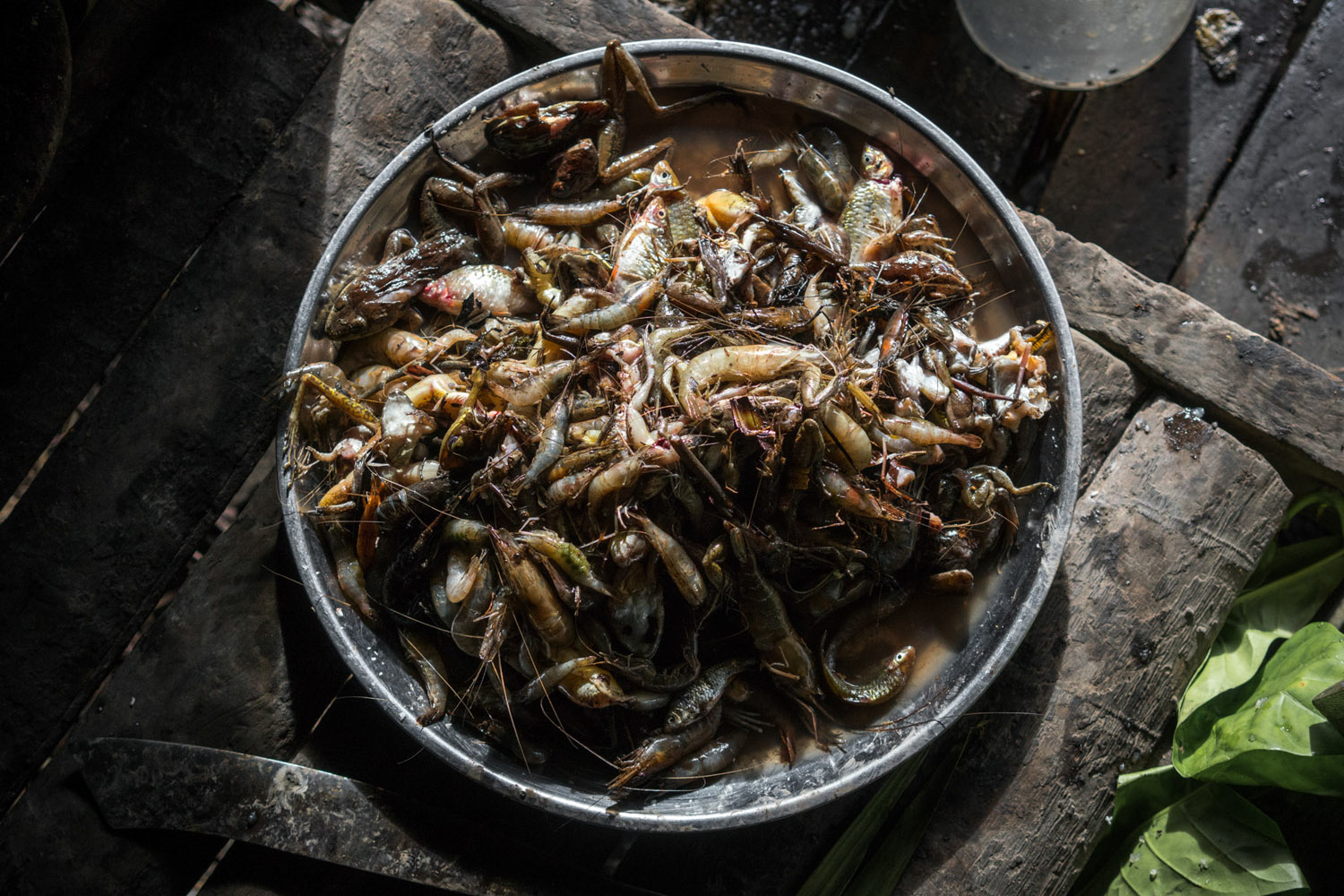
Photo by Matty Hannon
The Mentawai people’s shamanic system of deep ecological wisdom, complex spirituality, and strong family values has kept them relatively free of the government’s octopus-arms, and although religious missionary invasion has indeed reached them (as required by Indonesian law), they keep involvement to a minimum.
Their lives, like drumbeats to the rhythm of the forest, are free and wild and echoed with hardship and pain, the depth of the forest clear in their eyes. Despite such isolation, they are remarkably worldly – as though a mutually dependent relationship with the environment lends them a depth of knowledge far greater than we can understand. Their savvy navigation of colonialism has thus far kept them free from globalization’s shiny traps, and, far from being ignorant, they know exactly the value of their cultural heritage and will fight to keep it alive, alongside the old growth rainforests they depend on.
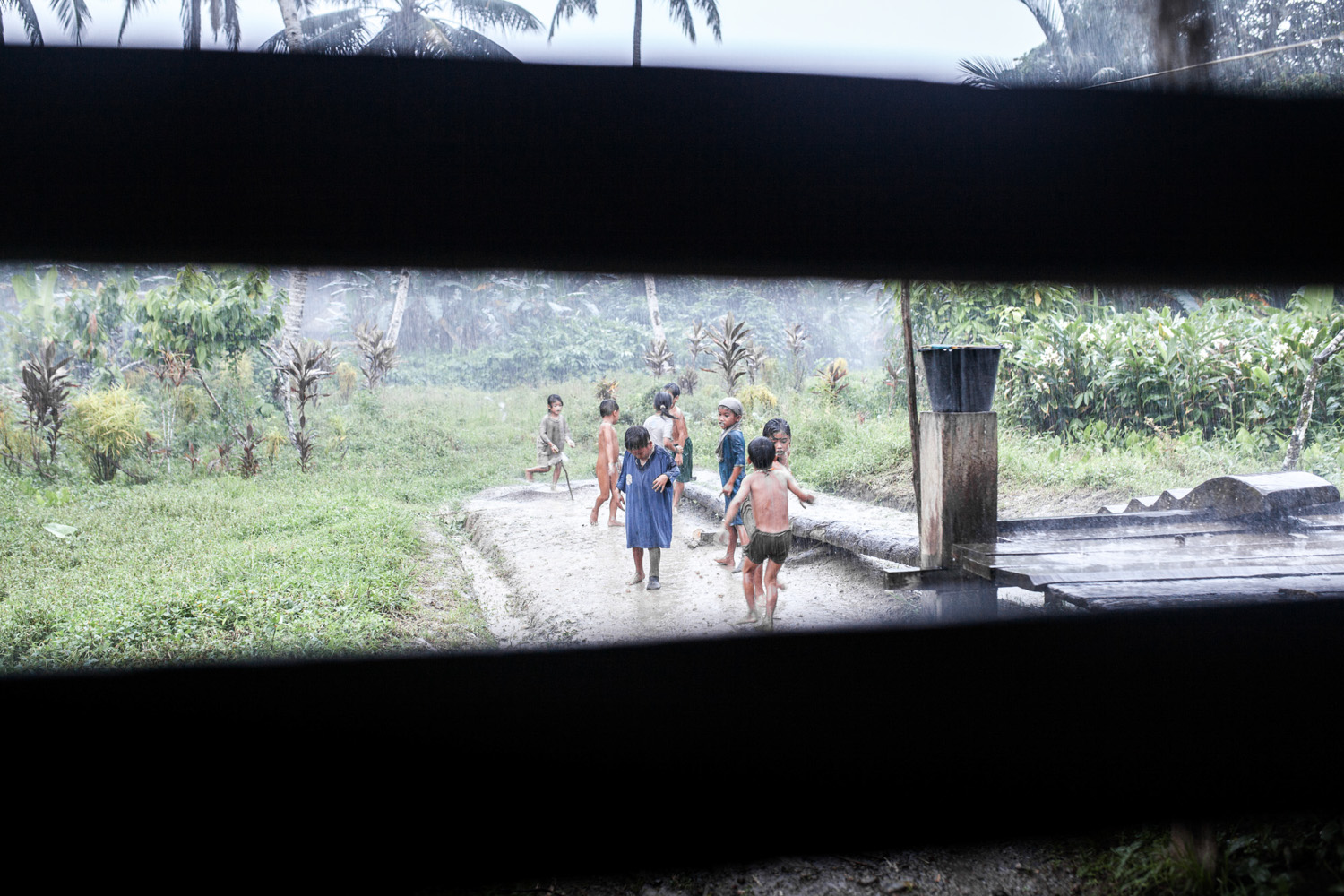
Photo by Heather Hillier

Photo by Matty Hannon
However, under the same system that currently imperils many of our public lands, national parks, and rural dwellers, the Mentawai way of life is under threat, from the ever-emulsifying cult of cultural and environmental stagnation known as the international economy.
Fortunately for Mentawai, there is an alternative to global homogenization. Our good friend, Rob Henry, initially through the lens of surf travel and ultimately out of friendship and passion for the Mentawai culture, has created a beautiful film to help promote and fund a cultural and environmental education program. Run by the shamans and the Mentawai community, the Indigenous Education Foundation facilitates an open, clear path towards the continuation of an ancient culture by teaching its core values and knowledge to young people, and as a result, the continued preservation of the surrounding rainforest.
A campaign during the month of October hopes to raise 1 million dollars solely for the implementation and development of this program. You can watch the film, learn more about the Mentawai, and get involved here.
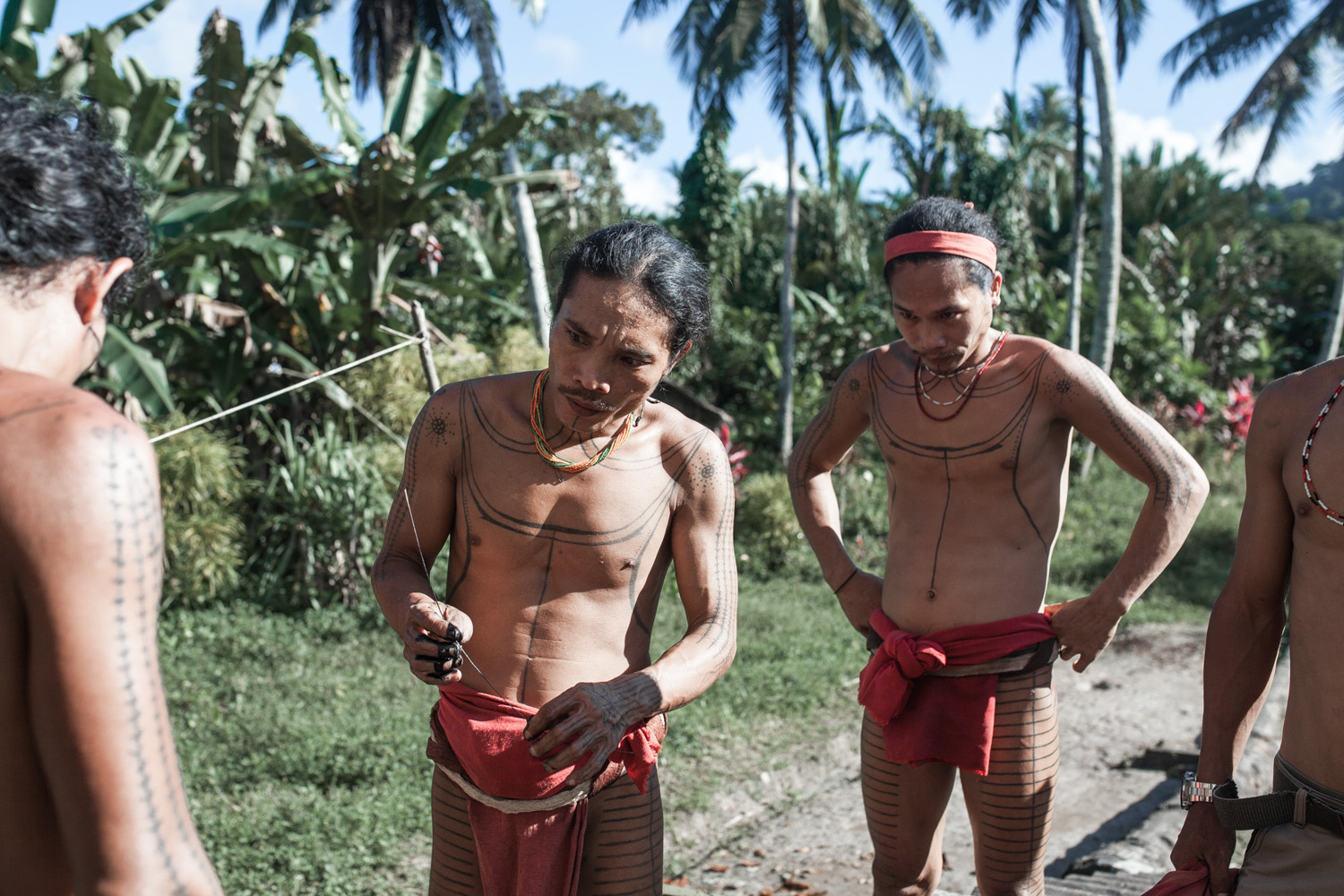
Photo by Matty Hannon
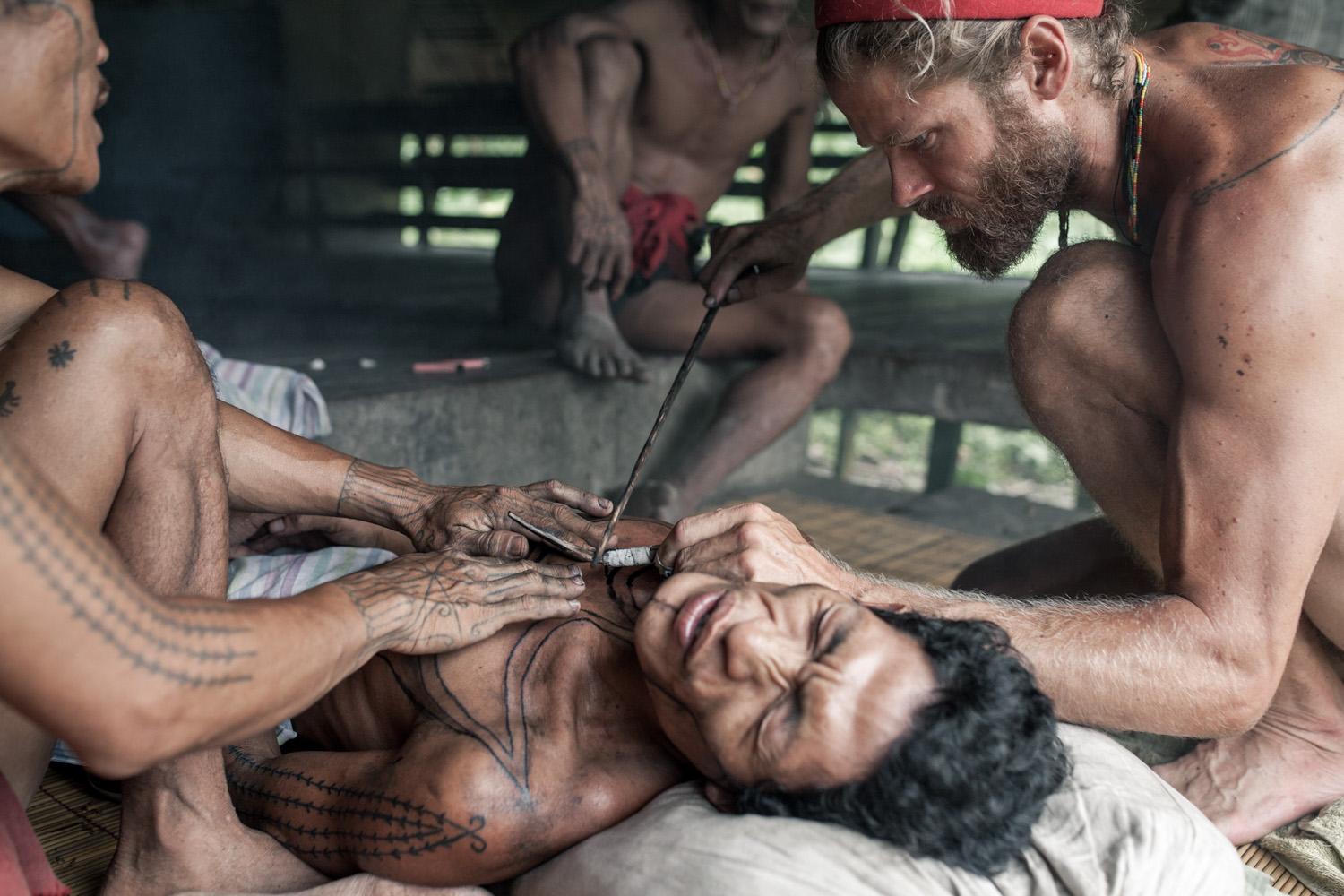
Photo by Heather Hillier
Are the values of self-sufficiency, deep ecosystem knowledge and mutual dependency, and cultural heritage worthy of preserving? I would go so far as to say that of any group, the community of outdoorspeople should be the first to say a resounding “yes.”
These are the very qualities we seek to find in ourselves and the environment every time we venture into the wilderness. With clear pathways to positive solutions such as those the Indigenous Education Foundation are proposing, there is hope for a world-wide grassroots movement of community-led programs that not only preserve the wild places we inhabit and enjoy, but also the people and cultures whose livelihoods depend on them.
Learn more about the Indigenous Education Foundation iefprograms.org and find out more about the film project on Instagram.
The film, As Worlds Divide, was made by one of Heather’s friends in Australia. It’s a beautiful film about the indigenous Mentawai people’s fight to preserve their culture. The film is only available for viewing online during October 2017. 10 Australian dollars (about $8 USD) buys one film. All of that money goes to the Indigenous Education Foundation, with an aim to raise $1 million. This will fund a cultural and environmental education program – run by community elders and leaders – for ten years.
Heather Hillier is a farmer, surfer, runner, photographer, swimmer, writer, forager, and homesteader without a homestead, whose affinity for saying yes uprooted her from her farm in Canada and planted her on a motorcycle, a horse, and in various temporary homes by the sea for the past three years. She’s now living in a van in Australia with her partner Matty Hannon, looking for green space to sow seeds. Find more from Heather on Instagram.
Gorgeous piece Heather!! A poignant and essential conversation for every person who feels connected to nature and to humanity to participate in.
[…] in a range of news medias from WHO magazine to Jakarta Post, Jakarta Globe, Mongabay Indonesia, and She Explores. We’ve also received a great deal of support from national and international surf medias such as […]